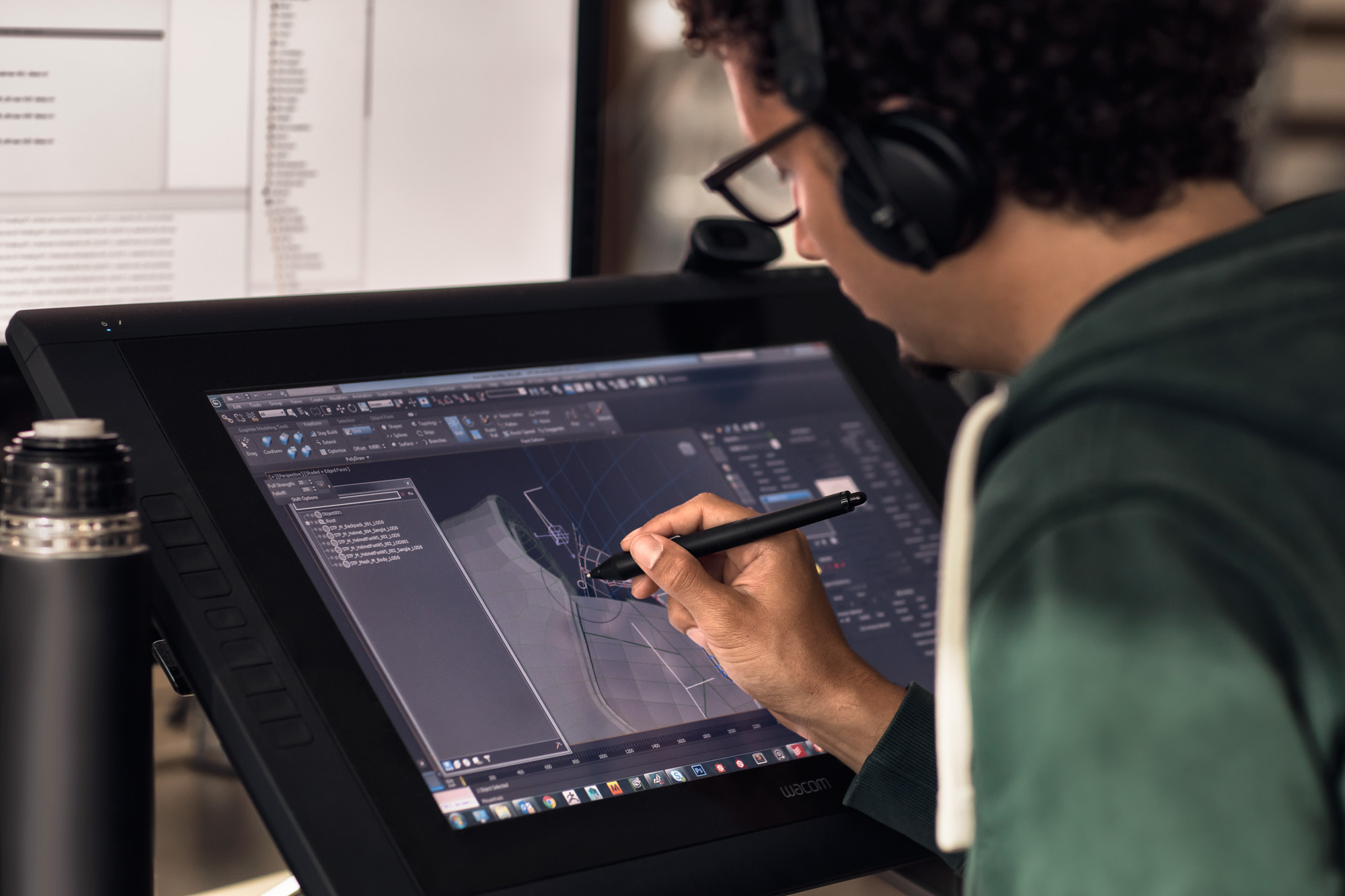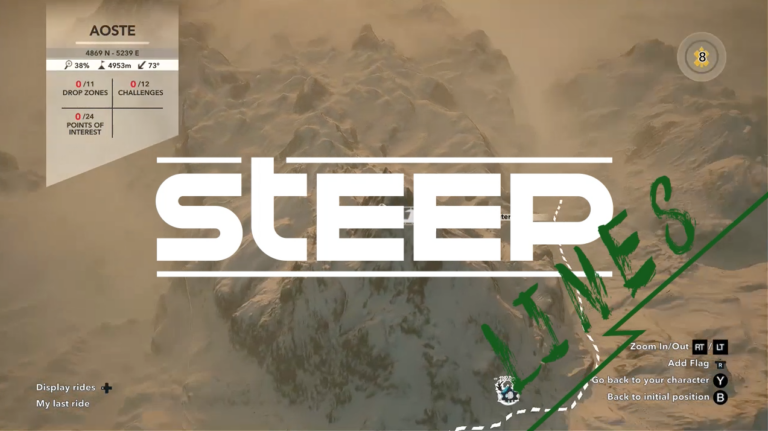With Ubisoft’s open world mountain video game Steep just about to drop, we’ve been sampling some of the gameplay to see what next-gen console snowboarding is all about…
And as it turns out, when you’re not a competitive gamer, a lot of the early days are spent sending it full pelt over a blind cliff and ragdolling until you come to a full stop… For us at least.
Whether that says of our levels of optimism, we’ll leave it up to you to decide, but one thing’s for certain, for every narrow couloir you safely navigate, there’s a healthy helping, of tomahawks, half-backflips or scorpions to go with – as you may have noticed in our little highlight reel above.
But how did the folks at Ubisoft Annecy go about turning CGI stick figures into flailing humans flipping head over heels? Did they have Xavier De Le Rue don a ping pong ball suit and cartwheel down a hill? We enlisted the help of Creative Director Igor Manceau to help make sense of it all…
As Igor explained, the process is a bit more sciencey than a sci-fi movie set, with in game physics playing a big role:
“For the ragdoll phase of the falling in particular, we used a simulation physics that takes into account the weight of each body part, and you can constrain it to consider that the character is carrying still some energy, or at some points you decide to release that energy, which brings that free fall feeling that you get.”




